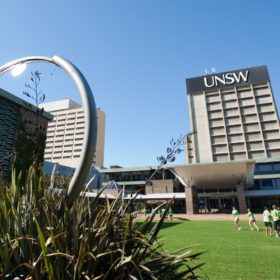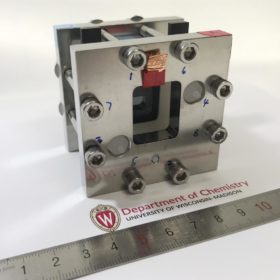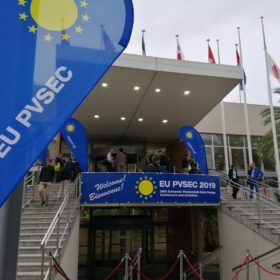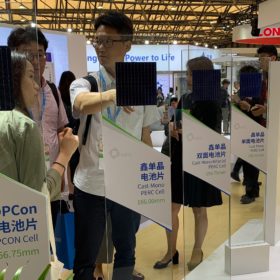Cost analysis shows off-grid-solar powered electrolysis potential of Australia and Chile
Scientists at the University of New South Wales have developed a model to determine the levelized cost of hydrogen (LCOH) by also considering historical weather data at specific locations. According to them, powering electrolyzers with off-grid solar offers the advantage of avoiding the expense of a grid connection and exposure to the risk of delays in both the physical connection and the approval process.
Heating up the heterojunction-LID discussion
Scientists led by the University of New South Wales have looked into the long-term degradation of silicon-heterojunction. Their findings suggest that illumination at high temperatures could actually improve cell efficiency, but also risks activating multiple light-induced degradation mechanisms if not carefully controlled.
Redox flow battery powered by perovskite solar cells
An international team has developed an integrated solar flow battery which has been suggested as ideal for off-grid locations. The device, which combines energy conversion and storage in one unit, can be used for lighting and recharging cell phones.
The psychology of climate-change denial – we’re all on the spectrum
With fire-extinguishing rain on the east coast, coronavirus flagged an urgent threat and PM Scott Morrison drumming up support for technology and free-market forces to beat climate change, it all made for a weekend to shake the resolve of some Australians to act on their carbon emissions. Understanding the psychology of how we perceive risk and commit to action can help us focus and keep fighting the fight.
Five takeaways from EU PVSEC 2019
This week, pv magazine headed to Marseille for the 36th edition of the EU PVSEC conference and exhibition. During the week-long show, leading universities and research institutes presented their latest results to the industry and public. As the conference heads into its final afternoon, we’ve put together five key takeaways from this year’s event.
Innovation and uncertainty mark SNEC 2019
There was plenty of innovation on display at this year’s SNEC, which closed yesterday afternoon at the Shanghai New International Expo Center. The three-day exhibition ran from Tuesday to Thursday, was well attended and still ranks as the world’s largest solar energy trade show.
UNSW scientists surpass 10% efficiency with CZTS PV cell
Researchers at Australia’s University of New South Wales have surpassed 10% efficiency for a cell based on copper zinc tin sulfide – sulfide kesterite. It is the fourth time in two years the group has set a new record for the efficiency of cells based on such materials.





